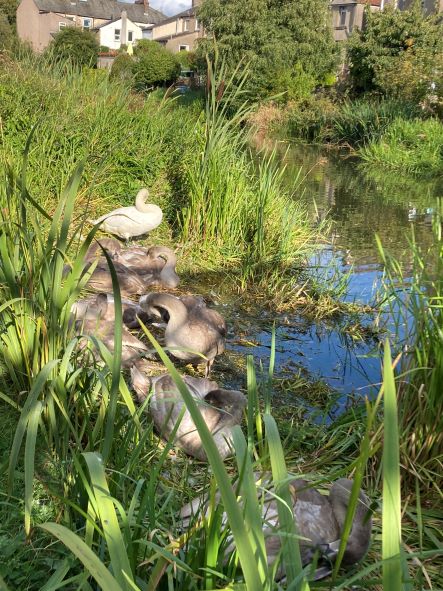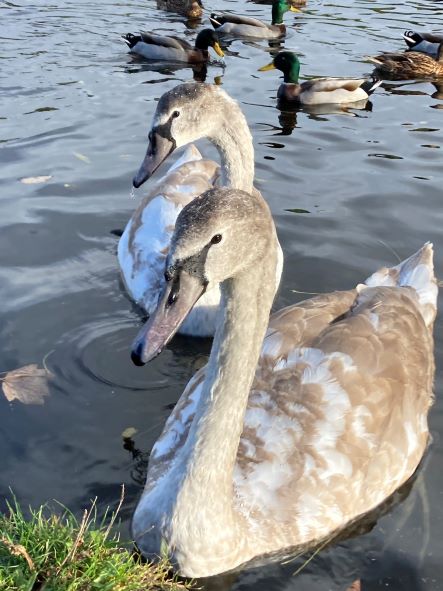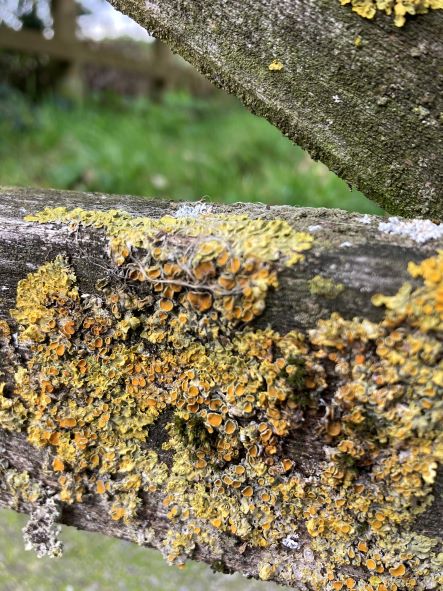Saturday 15th October 2022
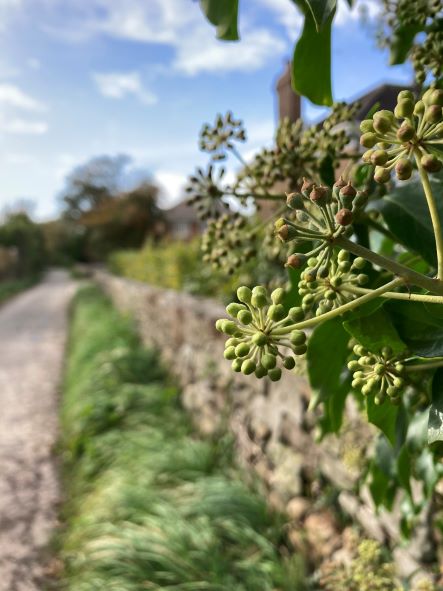
There is a song I’ve sung a number of times (with a fantastic choir), called ‘Remember the little things’ which goes:
Remember the little things, the ordinary little things
Extraordinary ordinary things
For there’s Magic in the little things, the ordinary little things
Extraordinary ordinary things
Esyllt Harker
This is exactly what I had in mind on this walk, as you’ll see below.
The walk started on St George’s Quay (where Lune Road emerges), along New Quay, through Freeman’s Wood onto the cycle path then turning left onto Aldcliffe Hall Lane at the car park. From there it was up the hill, then left to onto Aldcliffe Hall Drive, and down to the canal. Finally a circuit of Pony Wood, back onto the canal finishing up, via Flora and Fauna, at the Fairfield Nature Reserve entrance near the allotments.
Finding the colour
The walk started out rather bleakly, with a strong wind, threatening sky and mostly dull colours in the scenery. When you look more closely, though, it is amazing what little jewels and gems you can find along the way.
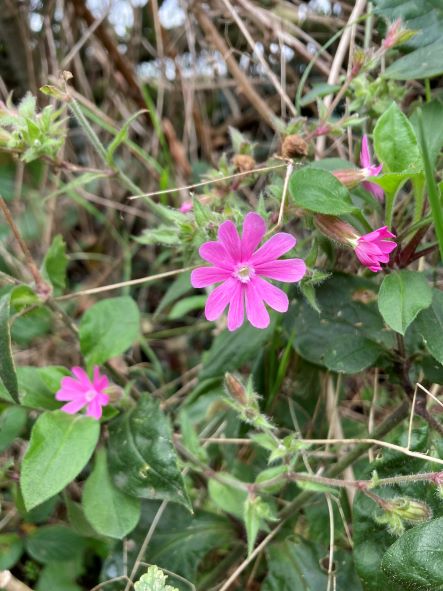
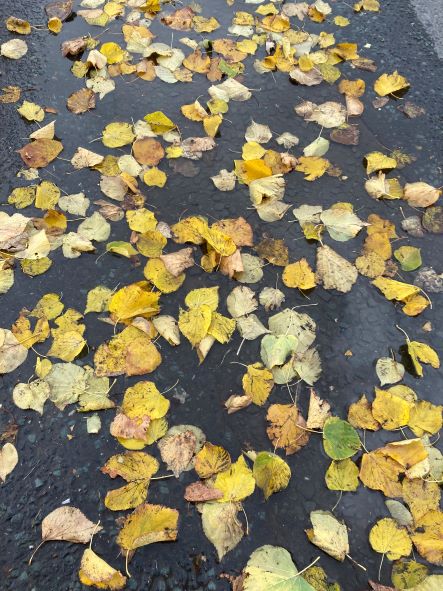
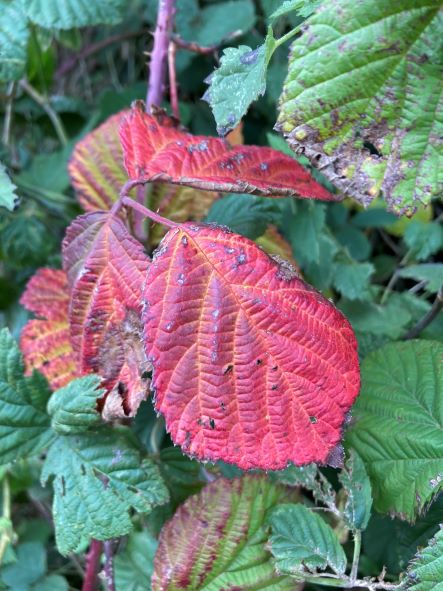
Autumnal abundance
As the walk progressed, there was increasing evidence of the season’s bounty. In the strong wind, sycamore seeds were helicoptering towards the earth all around. Beautiful berries were in evidence everywhere. And then there were the other extraordinary ordinary things, which were less obvious such as the fruiting lichens (they really have to be viewed up close to appreciate them) and fruiting shaggy ink cap fungi. After a while blue skies appeared with great white clouds scudding through, and the sun even made a brief appearance.
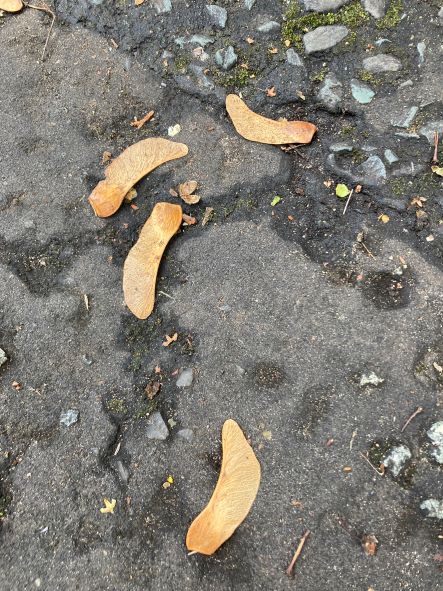
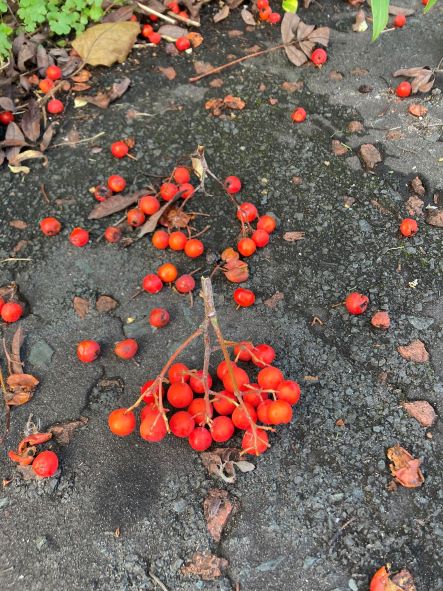
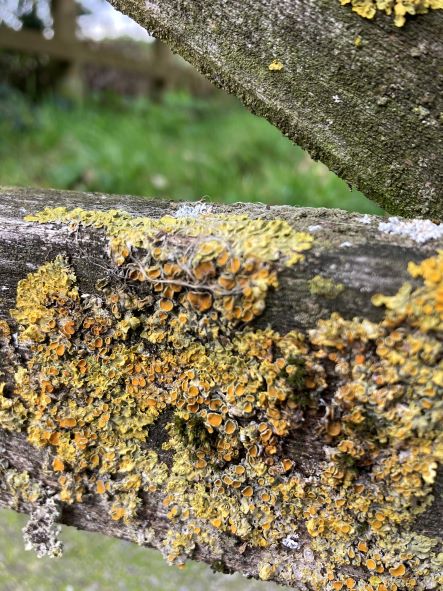
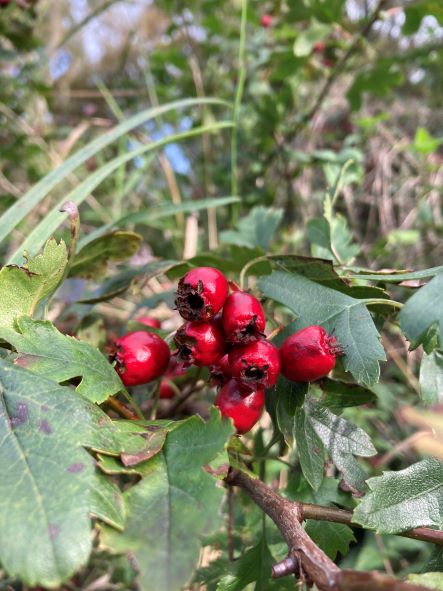
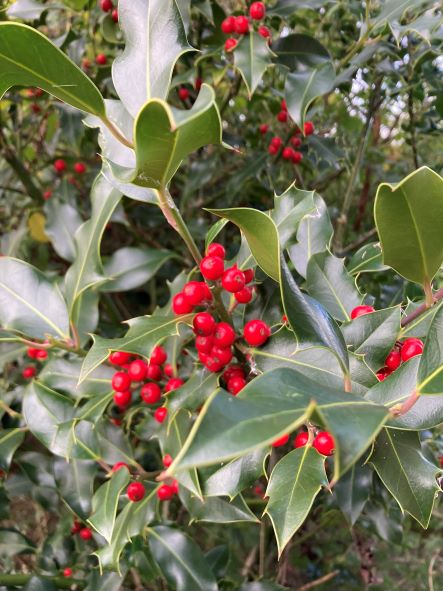
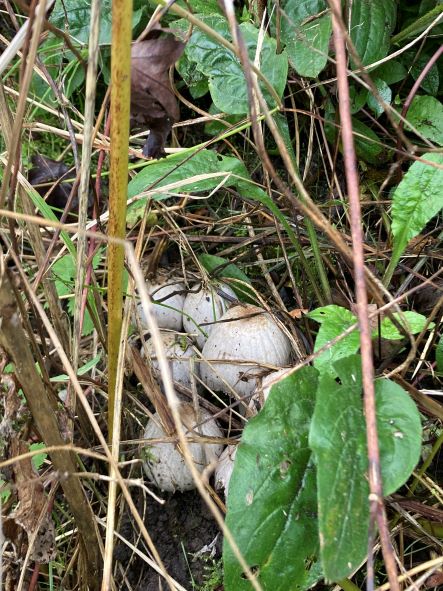
Maturing cygnets moving on
Ever since I moved to Lancaster, 12 years ago, there have always been swans nesting along the canal (on the weir near the bottom end of the Ridge Estate). Whether it is the same pair or not (according to the British Trust for Ornithology the typical lifespan is 10 years with breeding starting at age 4, but the oldest ringed individual was 29), they have raised at least 6 young each year.
Late autumn is the time of year when the young birds start to make their own way (the parents start pushing them out), evidenced by the fact that only 4 of this year’s 7 cygnets are still with the parents. At least, that is the assumption I am making (rather than they have been killed by something when nearly full grown, which seems less likely).
As you can see from the later picture, the swans are starting to grow through more of their white adult feathers than in the previous month, and are getting a real taste for posing for the camera!
